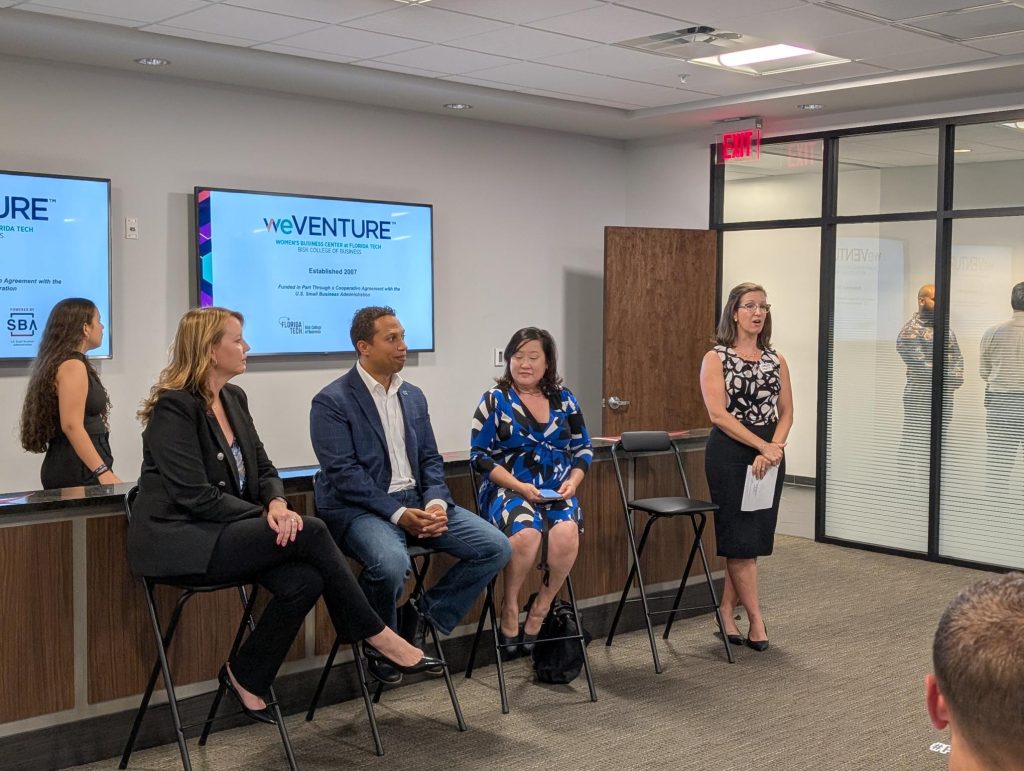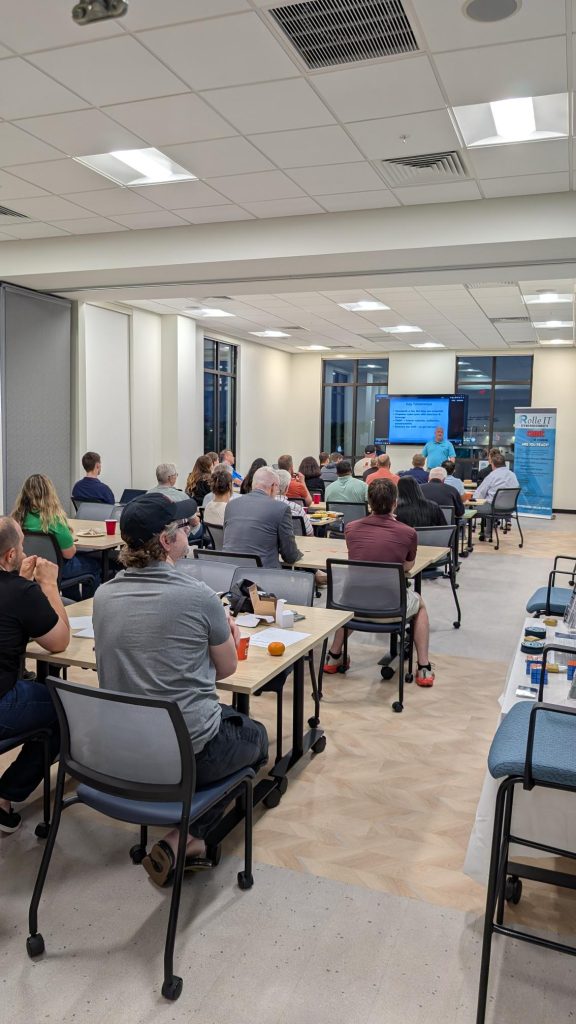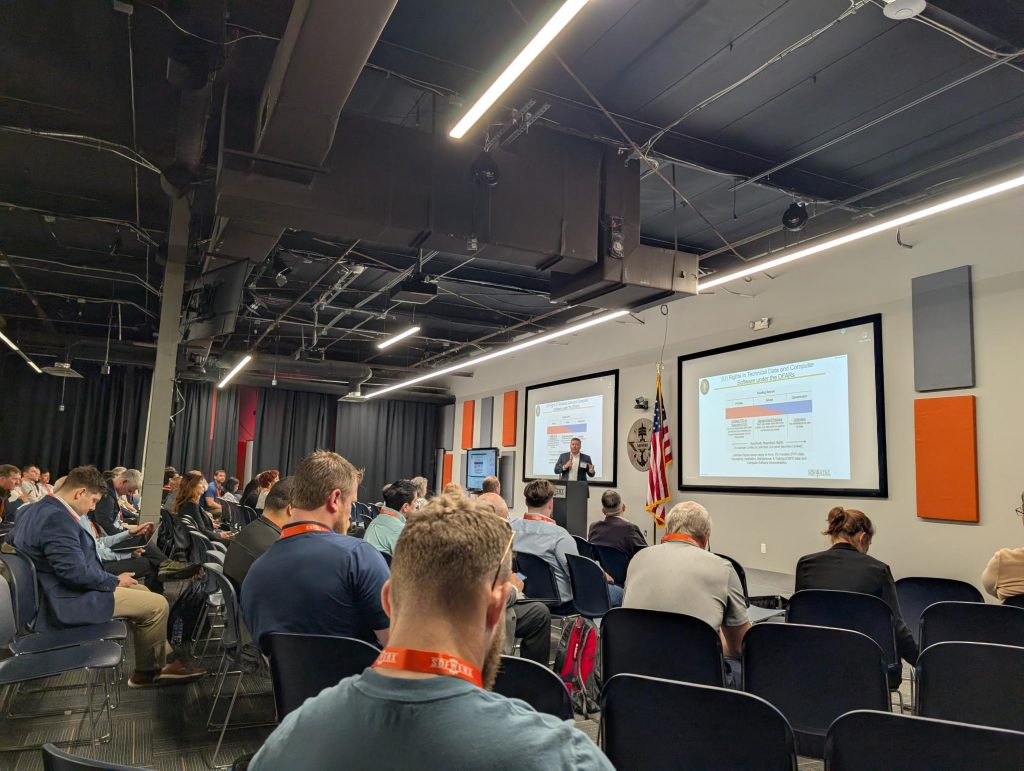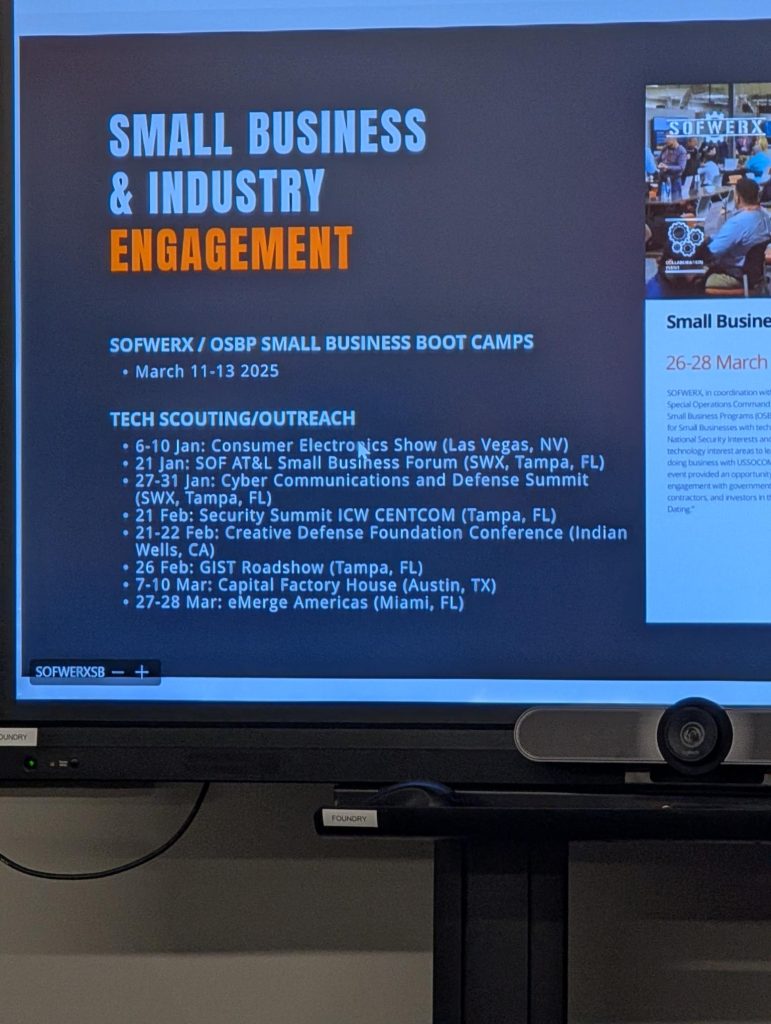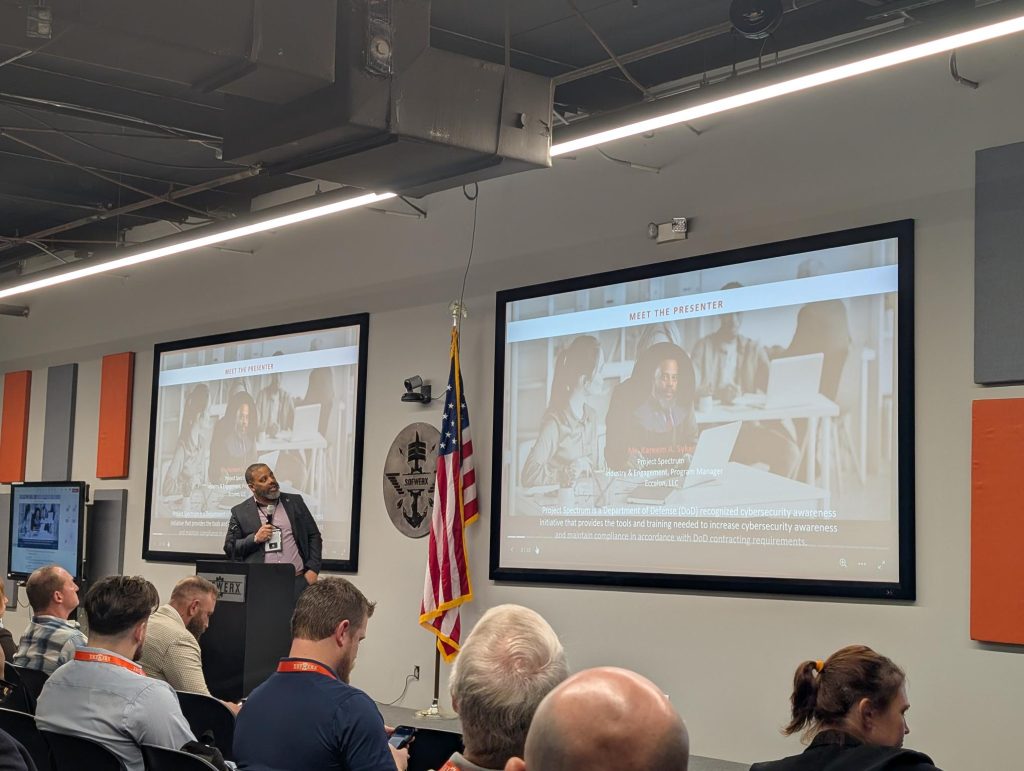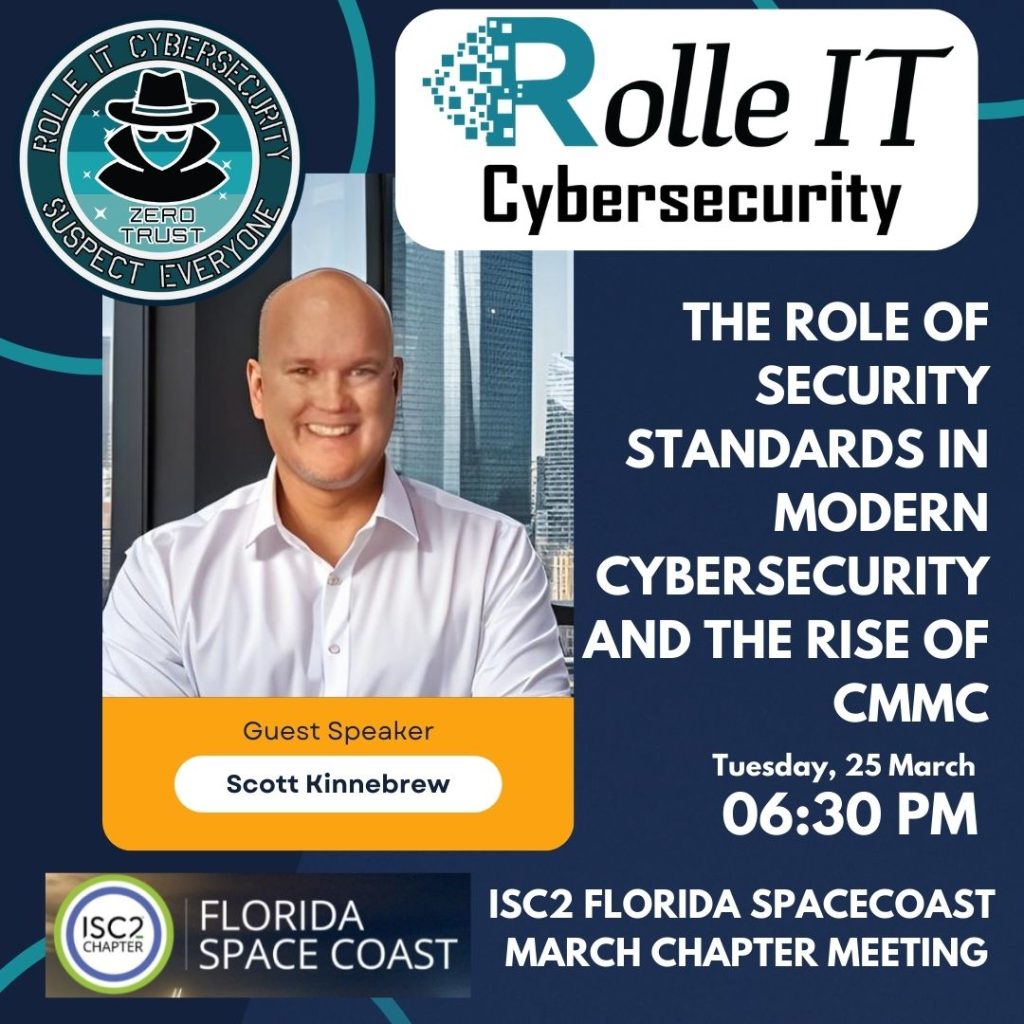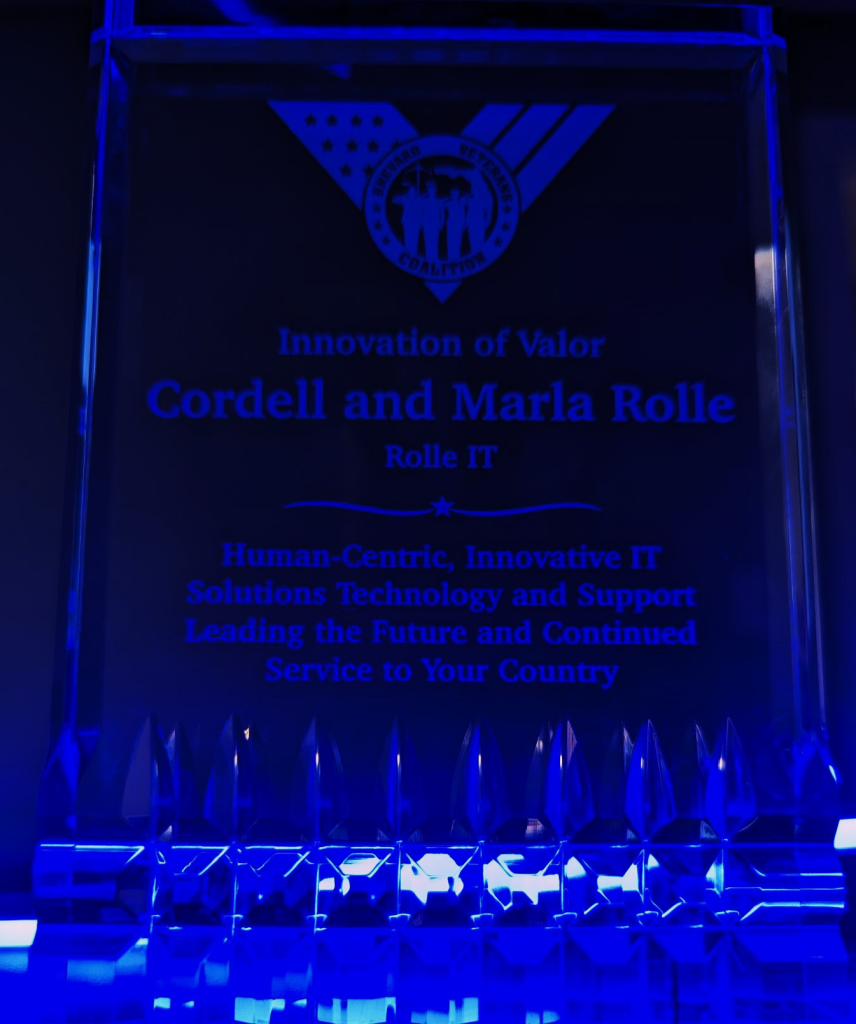A Strategic Microsoft Partner for GCC High Environments
For organizations already operating under Microsoft 365 GCC High (GCCH) requirements, the primary challenge is not determining whether GCCH is needed, but ensuring it is implemented, governed, and sustained correctly.
Rolle IT supports executive leadership and procurement stakeholders by providing structured oversight and long-term partnership for GCC High environments, reducing operational risk and ensuring contractual obligations are met.
Executive and Procurement Priorities
Organizations required to operate in GCC High face several non-negotiable priorities:
- Proper eligibility validation and license issuance
- Secure, defensible tenant configuration
- Alignment with contractual and regulatory obligations
- Audit readiness and documentation support
- Long-term operational sustainability
Rolle IT works with leadership teams to ensure these priorities are addressed consistently and deliberately, without introducing unnecessary complexity or risk.
Rolle IT’s Role as Your GCC High Partner
Rolle IT acts as a governance-focused Microsoft partner, supporting GCC High environments throughout their lifecycle.
Our role includes:
- Eligibility and Licensing Assurance
Supporting accurate qualification, documentation, and license procurement through authorized channels. - Tenant Architecture and Governance Advisory
Advising on administrative structure, identity strategy, and access models aligned with security and compliance expectations. - Security and Compliance Alignment
Ensuring GCC High configurations support requirements such as NIST SP 800-171, DFARS, ITAR, and CJIS, where applicable. - Operational Readiness and Continuity
Supporting adoption, change management, and long-term sustainability within the GCC High environment.
This approach enables leadership to make defensible, well-informed decisions.
Designed for Oversight and Accountability
GCC High environments must withstand scrutiny—from auditors, assessors, and contracting authorities.
Rolle IT emphasizes:
- Clear governance models
- Documented configuration decisions
- Repeatable security practices
- Reduced reliance on ad-hoc or reactive changes
This structure supports accountability and reduces long-term risk.
Engagement Beyond Initial Implementation
GCC High is not a one-time project. Licensing changes, new users, evolving contracts, and assessments introduce ongoing demands.
Rolle IT remains engaged to support:
- Licensing lifecycle management
- Configuration and governance reviews
- Audit and assessment preparation
- Strategic guidance as requirements evolve
Our clients value continuity and institutional knowledge, not one-time delivery.
A Partner for Leadership and Procurement Teams
Rolle IT complements internal IT organizations by providing specialized expertise and advisory support where it matters most. We help leadership and procurement teams move forward with confidence, clarity, and documented assurance.
Partner with Rolle IT
For organizations already committed to GCC High, selecting the right Microsoft partner is a critical governance decision.
Rolle IT provides the oversight, experience, and continuity required to operate GCC High environments with confidence and control.
[email protected] 321-872-7576
A Strategic Microsoft Partner for GCC High Environments Read More »


